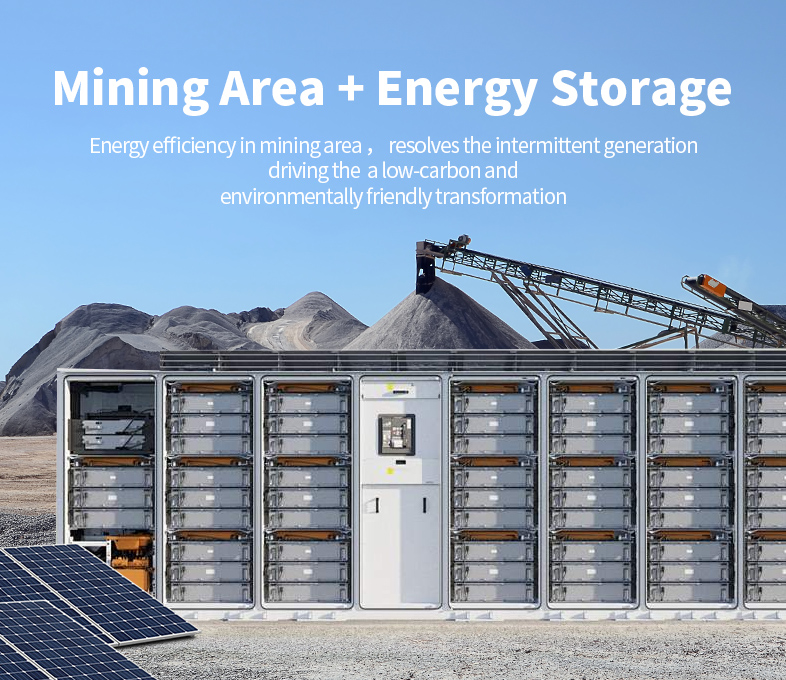Q: What is the “Mining Area + Energy Storage” model?
A: The “Mining Area + Energy Storage” is an energy management model that applies energy storage systems to mining areas. Energy storage systems can store and release electricity, addressing issues like unstable power supply and low energy efficiency in mining area. It helps improve energy management in mining areas and supports their green, low-carbon development.
Q Why does the mining industry urgently need energy storage technology?
A: The mining industry is a crucial pillar of the global economy, accounting for 11% of global energy consumption. While it provides essential raw materials for various sectors, the industry is characterized by high energy consumption and heavy reliance on traditional energy sources (coal, oil, natural gas). This results in high operational costs and significant environmental burdens. At the same time, with the growing global environmental awareness, the mining industry is under pressure to transition to greener or carbon-neutral operations. Energy storage technology is a key driver of this transition, is propelling the development of more stable and efficient energy supply systems and green energy ecosystems in mining areas.
Q: What roles does the energy storage system play in mining area operations?
A: The main roles of energy storage systems in mining area operations include:
1、Ensuring power supply stability:
Mining area sites are often located in remote areas with complex power supply lines, making them vulnerable to disruptions from natural disasters and other factors. Energy storage systems can provide emergency power during grid failures or insufficient supply, ensuring uninterrupted production and preventing losses caused by power outages.
2、Improving energy efficiency:
Mining equipment (such as ventilation, drainage, and hoisting systems) has fluctuating power demands. Energy storage systems can store energy during low-demand periods and release it during peak demand, achieving dynamic load balancing. This improves energy efficiency and reduces electricity costs.
3、Enhancing grid load balancing and frequency regulation:
Energy storage systems can rapidly respond to fluctuations in grid load, regulating frequency and voltage through charge and discharge cycles, thus alleviating grid pressure, enhancing grid stability and operational efficiency.
4、Promoting renewable energy utilization:
As more renewable energy projects, such as solar and wind, are deployed in mining areas, energy storage systems can be integrated with these sources. They store excess energy during surplus generation and release it during peak demand, ensuring the stable supply of renewable energy and maximizing its utilization and reduces waste.
5、Achieving energy-saving and emission-reduction goals:
The introduction of renewable energy and energy storage systems can reduce reliance on traditional fossil fuels in mining areas operations and lower carbon emissions. By optimizing the energy structure and the stability of supply, energy storage systems help reduce energy consumption and support the development of green mining.
In conclusion, energy storage technology not only boosts energy efficiency in mining area but also resolves the intermittent generation challenges of renewable energy, driving the industry’s shift toward a low-carbon and environmentally friendly transformation.





